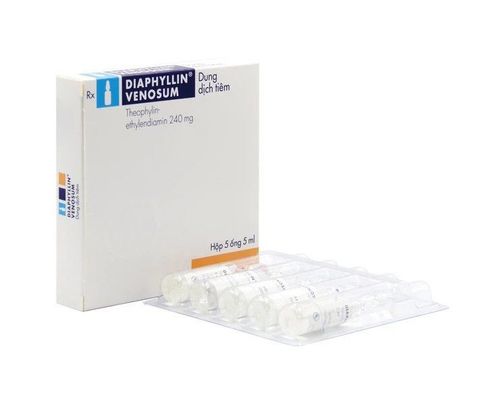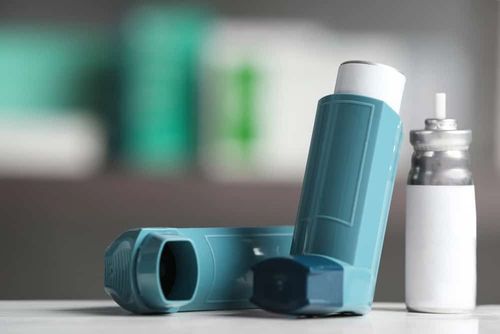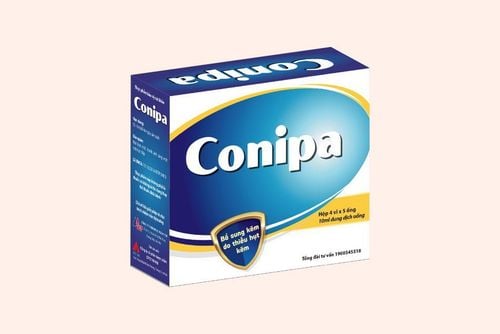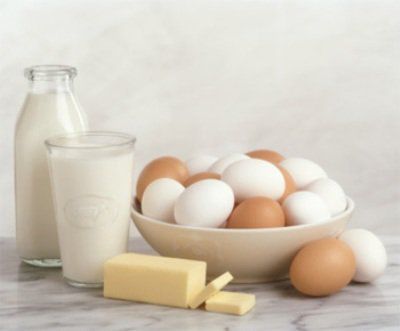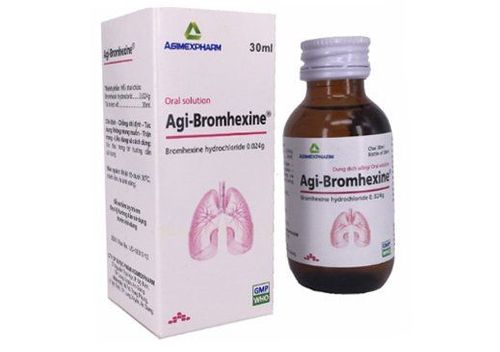This is an automatically translated article.
The article was written by Professor, Doctor, Doctor Nguyen Thanh Liem - In charge of High-Tech Unit for Autism and Cerebral Palsy treatment and Director of Vinmec Institute of Stem Cell Research and Gene Technology - General Hospital International Vinmec Times City.Gastroesophageal reflux disease is quite common in children and can cause dangerous complications if not diagnosed and treated early.
1. What is Gastroesophageal Reflux? Reflux esophagitis is a condition in which food flows back from the stomach to the esophagus (esophagus: the digestive tube connecting the oral cavity to the stomach) (Figure 1) Gastroesophageal reflux is divided into 2 types. : Gastroesophageal reflux disease and gastroesophageal reflux disease. a) Physiological gastroesophageal reflux is a reflux phenomenon but does not cause complications or affect the health of the child. Reflux time for each episode is short < 3 minutes. b) Gastroesophageal reflux disease: reflux causes complications or affects the health of children.

Bình thường khi dạ dày co bóp phần thực quản nối với dạ dày được đóng kín bởi cơ thắt thực quản dưới
3. What is the manifestation of gastroesophageal reflux? a) Manifestations of the gastrointestinal tract. Vomiting (regurgitation) is the main symptom. Vomiting milk appeared immediately after birth, vomiting easily, increased after eating. b) Gastrointestinal manifestations: very variable may have one or more of the following manifestations:
Asthma / wheezing Recurrent pneumonia Bronchiectasis Sinusitis , ear infection Tooth wear Stopping breathing Anemia Malnutrition

Nôn ra sữa xuất hiện ngay sau sinh, nôn dễ dàng, tăng sau khi ăn.
5. What diseases have symptoms similar to gastroesophageal reflux? Diseases causing obstruction of gastric outlet such as pyloric stenosis, pyloric stenosis due to diaphragm, duodenal obstruction above the ampulla of Vater (the part of the alimentary canal located just below the stomach) are also manifested by vomiting milk. May be mistaken for gastroesophageal reflux
6. What tests should be done to diagnose gastroesophageal reflux disease Abdominal ultrasound is necessary to rule out the cause of pyloric stenosis. Gastrointestinal circulation imaging is necessary to rule out gastric outlet obstruction and detect thoracic gastric hernias Esophageal pH measurement was once considered the gold standard for diagnosis, however, Recent research shows that there are also many limitations. Esophagoscopy: indicated when complications such as esophageal stricture are suspected 7. How to treat gastroesophageal reflux? a) Treatment goals:
Eliminate symptoms Heal inflammation of the esophagus Treat or prevent complications Maintain/improve the quality of life of the whole family. b) Diet
Feed in many meals, give solid food early. Special milks can be used for children with gastroesophageal reflux disease
c) Position
Lay on your back with your body and head elevated to an angle from 45-60 degrees to the bed
d) Medicine
Increase pressure Lower China sphincter: Primperan, Motilium Combined surgical abnormality: Hernia through the esophageal slit, esophageal atrophy with reflux Drugs to reduce gastric secretion: Nexium, Losec, Ranitidine... Drugs that coat the stomach lining thick, esophagus: Gastropulgite, Malox...

Cho trẻ nằm ngửa , thân và đầu cao tạo một góc với mặt gường từ 45-60 độ
Failure of medical treatment: treatment duration > 12 weeks but vomiting does not decrease or disappear, weight gain is slow or does not increase, recurrent pneumonia Reflux flow with hernia through the esophageal hiatus Complications: esophageal stricture 9. How is surgery done and is there any danger? Today, surgery is performed laparoscopically. The goal of surgery is to create an anti-reflux valve by wrapping a portion of the stomach around the abdominal esophagus
High success rate over 90%, low complications. Complications may include narrowing of the esophagus due to the valve being too tight or continued reflux due to the valve being too loose. The hospital stay after surgery was about 3 days.

Mục tích của phẫu thuật là tạo nên một van chống trào ngược bằng cách dùng một phần dạ dày quấn quanh đoạn thực quản ở bụng





